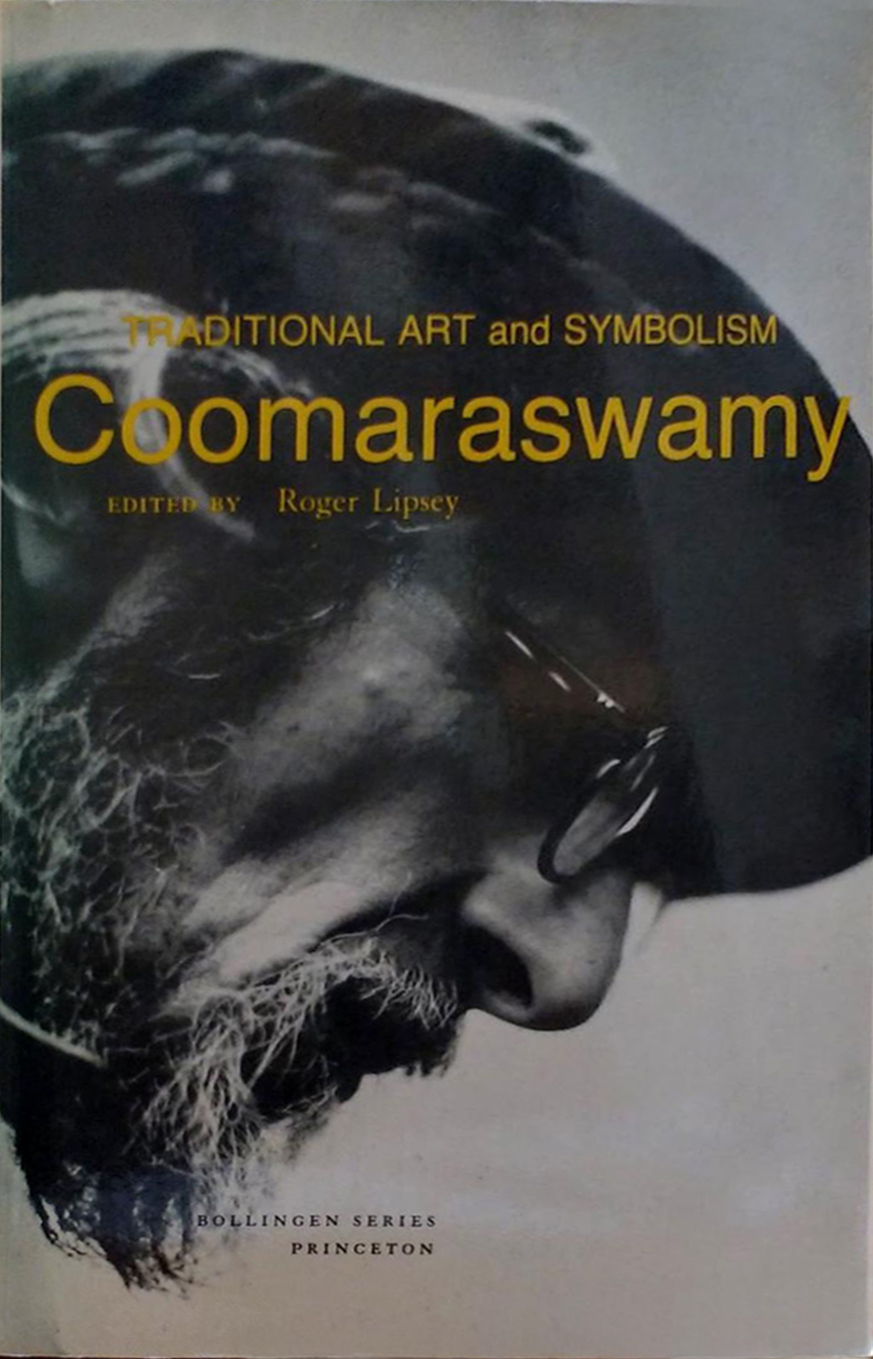Home
1 Manifesto
2 Program
3 Semesters
4 Sessions
5 Authors
6 Guest Curators
7 Events
8 TV
9 News
10 About
11 Search
1 Manifesto
2 Program
3 Semesters
4 Sessions
5 Authors
6 Guest Curators
7 Events
8 TV
9 News
10 About
11 Search
Semester I
ON PERMANENCE
Session 01
10.01.2018
Location: Lochergut, Zurich, CH
ON PERMANENCE
Session 01
10.01.2018
Location: Lochergut, Zurich, CH
Kentish
Coomaraswamy, Ananda
1977
Traditional art and symbolism
Princeton, United States, Princeton University Press
1977
Traditional art and symbolism
Princeton, United States, Princeton University Press

Text Synopsis
The text describes the philosophy of medieval and oriental as “the traditional doctrine of art”.
“Both arts come much nearer to what we understand by science than they do to the naive behaviorism of the modern “artist””. It is impossible to trace a story of this art, just as it’s impossible to make a history of metaphysics, as their content is eternal. Coomaraswamy calls this philosophy “sophia perennis”.
“If modern art cannot be described in terms of the same philosophy, it may be because it has no end beyond itself because it’s too “fine” to be applied and too “meaningful” to mean anything…so far from this, the Middle Ages and the East held that “beauty has to do with cognition”, that the “operative habit is an intellectual virtue” and that whatever is indefinite in a work of art, it is so much the less in being a work of art”.
“Both arts come much nearer to what we understand by science than they do to the naive behaviorism of the modern “artist””. It is impossible to trace a story of this art, just as it’s impossible to make a history of metaphysics, as their content is eternal. Coomaraswamy calls this philosophy “sophia perennis”.
“If modern art cannot be described in terms of the same philosophy, it may be because it has no end beyond itself because it’s too “fine” to be applied and too “meaningful” to mean anything…so far from this, the Middle Ages and the East held that “beauty has to do with cognition”, that the “operative habit is an intellectual virtue” and that whatever is indefinite in a work of art, it is so much the less in being a work of art”.
About the Author
Ananda Kentish Coomaraswamy (22 August 1877 − 9 September 1947) was a
Sri Lankan Tamil philosopher and metaphysician, as well as a pioneering
historian and philosopher of Indian art, particularly art history and
symbolism, and an early interpreter of Indian culture to the West. He served as
curator of Indian art at the Boston Museum of Fine Arts. Along with René Guénon
and Frithjof Schuon, Coomaraswamy is regarded as one of the three founders of
Perennialism, also called the Traditionalist School, referring to the concept
of perennial philosophy.
Coomaraswamy
AnandaCoomaraswamy
1977
Traditional
Art
TraditionalArt
Symbolism
Princeton
PrincetonUniversityPress
India
medieval
philosophy
sophia
perennis
sophiaperennis
MiddleAge
East
Perennialism
1977
Traditional
Art
TraditionalArt
Symbolism
Princeton
PrincetonUniversityPress
India
medieval
philosophy
sophia
perennis
sophiaperennis
MiddleAge
East
Perennialism